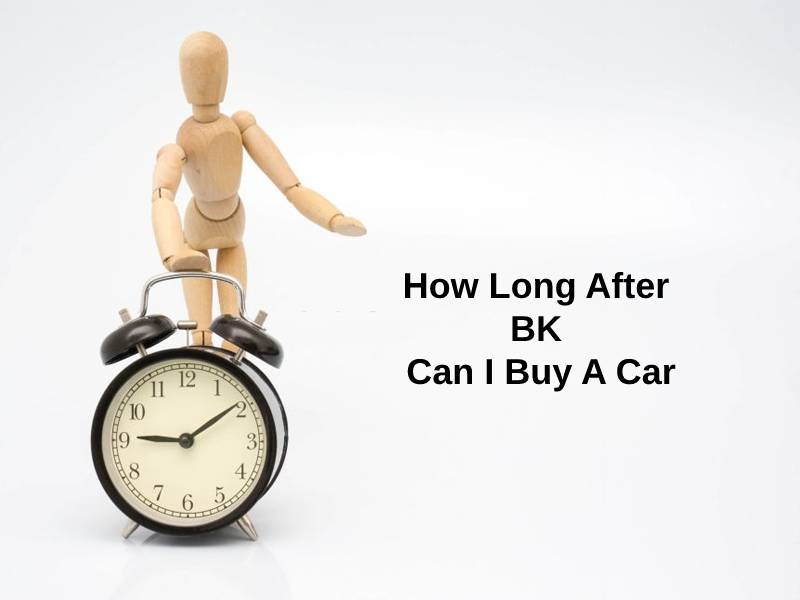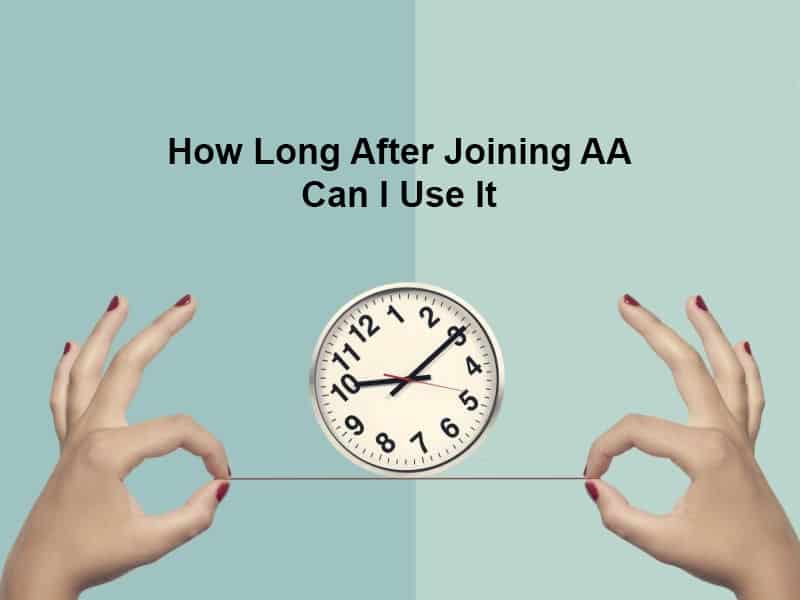Exact Answer: 2-4 Years
Refinancing your home is yet another best option that you can opt for. It is the best option when you want to get rid of existing home loans. However, it takes up a little while before you can refinance your new home loan. Well, if there is a situation like after becoming bankrupt and you want to refinance your home then it will take several years before you could refinance.
However, the good news is that you can at least have the chance of getting the refinance option once again even after facing Chapter 7. Well, it depends on your loan type because Chapter 13 bankruptcies might allow you to refinance as early as within a year into making payments or could take up to two years after discharge.

How Long After A Chapter 7 Can I Refinance?
| In case you have a Chapter 13 bankruptcy | Might take a year or might happen within two years. |
| Chapter 7 bankruptcy | It could take up to 2-4 years after discharge |
Well, as we can see that it all depends on your loan type as to when you can refinance after you have become bankrupt. It is important that you know the difference between your filing date and your discharge date or it can also be called dismissal date. The filing date means the time when you begin the bankruptcy process while on the other hand, a discharge or dismissal means when the process of bankruptcy comes to an end.
The other term that is being used constantly is ‘discharge’ which means that your all bankruptcy processes have been completed and all your unpaid debts are written off. This process of discharge can happen in the case of Chapter 7 within a few months and in the case of Chapter 13, a discharge might take place once the repayment loan is completed which could take up to 3-5 years.
In the case of a Chapter 7 filing, you have to wait for a long time because the discharge process could take a while to be completed. On conventional loans, the wait could be as long as four years whereas for FHA and VA loans it could take only two years after discharge or dismissal process is completed.
Why Does It Take That Long To Refinance After Chapter 7?
The time is taken which is four years is the normal time period before you can refinance after Chapter 7. Well, however, it all depends on your loan type which will determine when you can refinance your home once again.
There are several pros and cons of refinancing after a Chapter 7 bankruptcy. In order to lower your monthly housing payments and on the other hand, you want to keep all your debts at a manageable level then refinancing is the best option that you want to go for.
If the situation is likely to be on your side like if the current rate is low than the interest rate you are paying then there is a chance that the amount would be slimmed down that you are paying each month on your home mortgage.
However, some challenges faced are that you can still be not eligible for a refinance because your credit score has not improved yet. Improve your credit score could take up more time which becomes quite time-consuming. You also need to pay closing costs depending on your refinance.
However, the biggest challenge is to wait for things to come back to normal because after bankruptcy it becomes quite difficult to return to normal life. You have to focus on your credit because you have to limit that so that you can manage your finance.
Conclusion
There are some alternatives available for a refinance too because for some people refinance might be off the table. You can take help from someone who knows things about refinancing and stuff like that because they might give you the solution that you need right now.
However, it is also important that you take proper decisions because you do not want to make the same mistake again. Be sure to reach out to a service provider or someone whom you can trust because it is best to seek help from someone when everything is down.





















The article successfully explained how refinancing your home could be an option to get rid of existing home loans. It’s currently the most relevant information I’ve been searching for.
I agree with your point Robertson Dave. This article is a goldmine of information
The time is taken for refinancing after a Chapter 7 bankruptcy has been explained in great detail. It’s an eye-opener for anyone in a similar situation.
The content provides a realistic outlook on the challenges one might expect after bankruptcy. It’s a great resource for individuals in such situations.
I found the conclusion quite helpful as well. The alternatives after refinance are detailed and add significant value.
Absolutely. It’s a much-needed discussion around the difficulties faced post-bankruptcy.
I found the content very informative and useful.
This is the most comprehensive article I’ve come across on this topic. It’s a game-changer for me.
Absolutely, Bell Ian. I couldn’t agree more.
The author does a great job of discussing the pros and cons of refinancing after a Chapter 7 bankruptcy, offering a balanced view of the process.
The article made me realize the need to make informed financial decisions, especially post-bankruptcy. It’s a relevant piece for anyone dealing with such concerns.
Agreed, Khan Gavin. The insightful take on the decision-making process is commendable.
The references section also adds to the authenticity of the content. A valuable resource indeed.
The detailed analysis of the challenges and alternatives for refinancing post-bankruptcy is quite insightful and relevant.
I couldn’t agree more. A thorough representation of all the necessary factors to consider.
True. It’s hard to find such depth of information elsewhere.
The article provides clarity on why it’s important to make well-informed decisions post-bankruptcy. Insightful and well-structured content.
Couldn’t agree more! It’s a well-rounded discussion on the topic.
This article brings to light the time needed to refinance after filing for bankruptcy. Its worth reading to understand the loan type and when one can refinance.
Agreed! It’s an excellent read for anyone looking for such content.